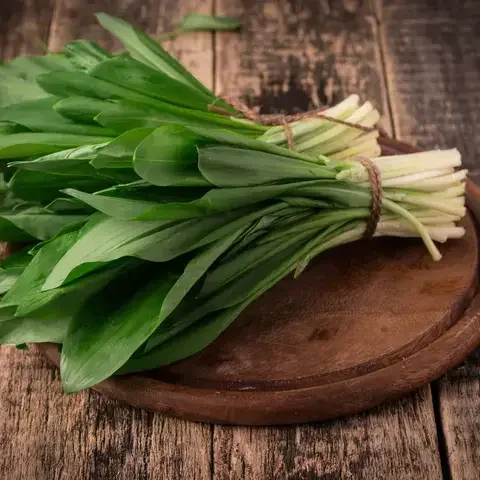The world of wine is a complex one. Just when you think you've nailed the whole new world v old world, best vintage and screw cap debates, there's the whole hierarchy of wine professionals working in the industry to work out. Like what does that pin on a sommelier's lapel signify, and how expert are they, really?
Enter Master Sommeliers. The most elite wine professionals in the world. One of the most closely guarded accolades a sommelier can aspire to and a title that only a handful of people in the world have. A title that claims the ultimate prize, the red and gold lapel pin.
To enter these higher echelons of wine godlikeness, sommeliers must pass a rigorous exam which takes a special sort of dedication, some might say, obsession.
An obsession that can lead to personal and financial sacrifice in the pursuit for knowledge which will permeate every waking moment in preparation for one of the world's most infamously difficult tests. A test which they'll probably fail, at least once.
So how difficult is it to become a Master Sommelier and how hard can it really be to drink all that wine and win that pin?
What is a Master Sommelier?
A Master Sommelier is considered to be the highest and most prestigious title available to sommeliers around the world.
How many Master Sommeliers are there in the world?
There are fewer than 300 professionals worldwide who have achieved the title since the first Master Sommelier Diploma Exam some 45 years ago.
Master Sommelier Exam
The exam is considered to have the highest failure rate of any test in the world, with a pass rate of approximately 10%. Only nine candidates are reported to have ever passed the exam on a first try. Given the high failure rate each candidate has three years in which to try to pass.
Mystery shrouds the content of the exam. What is known is that it's an exam of three parts: a theory examination (an oral examination and not written), a deductive tasting of six wines, and a practical wine service examination.
Candidates are told to: “speak with authority on the major wine regions of the world." which would probably include knowing the following as a minimum:
- The history, geography, soil and climate of the region
- The names of key towns, villages and vineyards in the region
- The attributes of key wines from that region
- Winemaking techniques used in the region
- The organoleptic differences between different wines in the region
- The ability to identify by taste wines of that region
- The names of top producers and individual styles of that region
- The best vintages from that region from the 1970s to the present time Region-specific wine terminology from that region
What sort of Person does it take to become a Master Sommelier?
Take a look at the fascinating underworld of four young sommeliers in their final days of training before taking the infamously difficult master sommeliers exam in this trailer from the 2013 film "Somm" and you get an idea of the enormity of the task:















